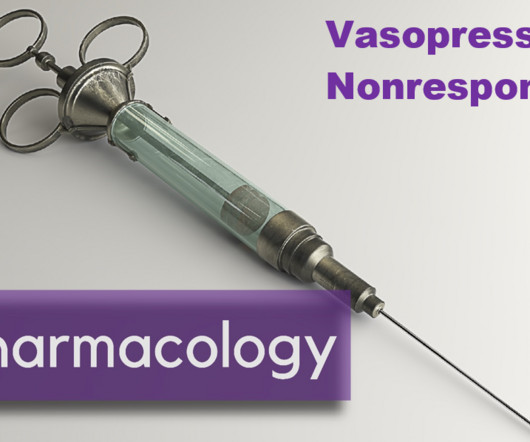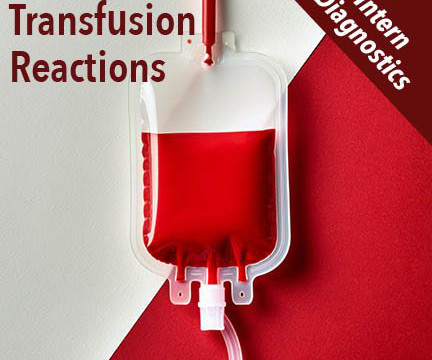emDOCs Podcast – Episode 84: Capnography
EMDocs
AUGUST 22, 2023
Capnography has several novel uses in other disease states commonly seen in the ED such as trauma, DKA, sepsis and obstructive lung disease. Capnography in the Emergency Department: A Review of Uses, Waveforms, and Limitations. J Emerg Med. Ann Emerg Med. West J Emerg Med. BMC Emerg Med.

















Let's personalize your content